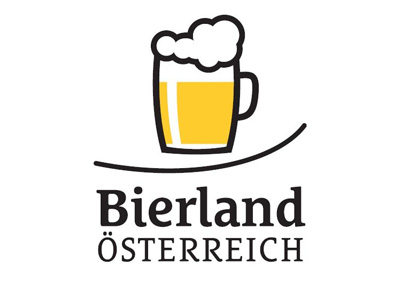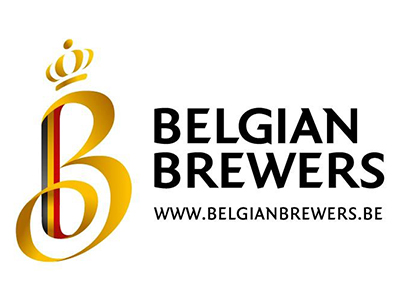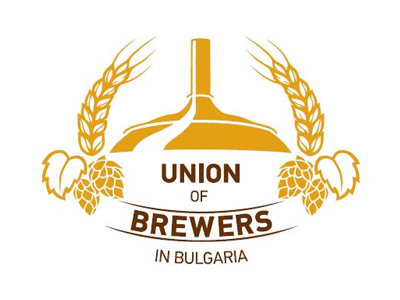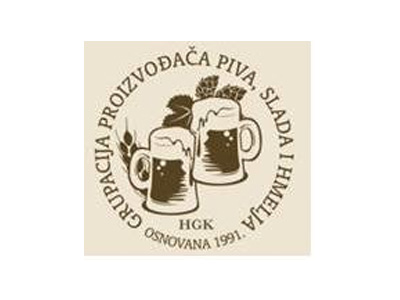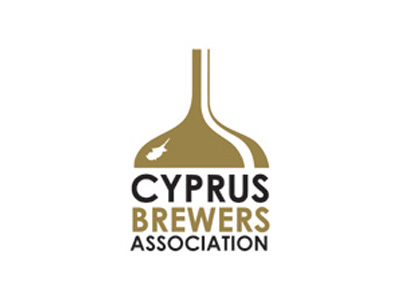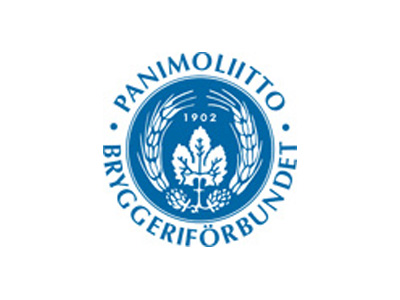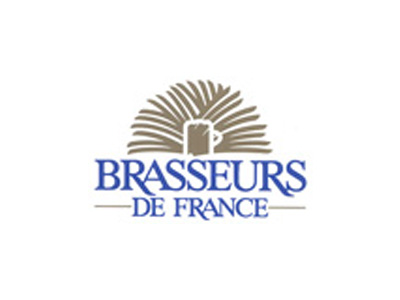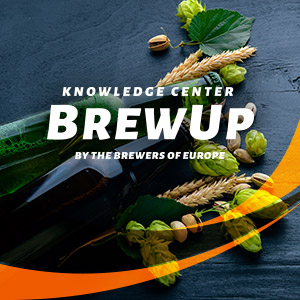
Gfk report 2016
- advocate
- 02/10/2016
- 1903
- Informing consumers
This follow-up study builds upon a previous consumer survey done in 2014 in 6 European countries and released in March 2015. It specifically examines consumers’ call for receiving the same ingredients and nutrition information for all alcoholic beverages as currently provided on all other food and drink products, the interest in the ingredients information, the calorie information and the full nutrition information on alcoholic beverages as well as the different information sources that consumers would like to use to access this information. GfK Belgium conducted the follow-up online survey in nine different European Union countries in April 2016. The nine countries were selected as representative of the European Union and its different regions, ensuring a balanced geographical spread. These nine EU countries were Germany, Poland, Denmark, the Netherlands, Spain, the United Kingdom, Italy, France and Romania. In total, they account for approximately 78% of the total European population2 and about a third of all EU Member States.
A growing call for alcoholic beverages to provide the same nutrition information per 100ml as non-alcoholic beverages
The survey shows that a vast and growing majority of the 9008 European consumers surveyed, believe consumers should have access to the same nutrition information per 100ml for alcoholic beverages (beer, wine and spirits) as they currently receive for any other food and drink product. Whilst 69% of consumers in 2014 believed the same nutrition information per 100ml should be provided for alcoholic beverages as for any other food and drink products, the proportion has grown to 86% in 2016.
It is also interesting to see that light (89%) and moderate (86%) drinkers are keener to receive the same ingredients and nutrition information than excessive drinkers (81%).
A growing call for alcoholic beverages to provide the same ingredient information as non-alcoholic beverages
The survey shows that a vast and growing majority of the 9008 European consumers surveyed, believe consumers should have access to the same ingredients information for alcoholic beverages (beer, wine and spirits) as they currently receive for any other food and drink product.
Whilst 74% of the consumers in 2014 believed the same ingredients information should be provided for alcoholic beverages, this proportion has grown to 86% in 2016.
It is also interesting to see that light (89%) and moderate (86%) drinkers are keener to receive the same ingredients and nutrition information than excessive drinkers (81%).
A high consumer interest in ingredients and nutrition information for alcoholic beverages
The level of interest for the three kinds of information - ingredients (74%), energy value (71%) and the full nutrition declaration (71%) - is also very high. The level of interest does vary significantly from country to country with a very high interest in Italy (93% for ingredients, 91% for energy value and 91% for full nutrition information) and much lower levels of interest in the Netherlands (44%, 48% and 49% respectively).
Consumer interest in these three types of information is again higher amongst light and moderate drinkers than amongst excessive drinkers.
Consumers increasingly use multiple sources to access the information
The study also reveals that a majority of consumers would use a variety of information sources to access this kind of ingredients and nutrition information, with nearly two thirds of the consumers considering two or more sources. Only about a third of the consumers would focus solely on one information source. This underlines the need for consumers to have access to a wide variety of sources for ingredients and nutrition information.
A growing use of digital platforms, combined with traditional information sources
The survey indicates an increased use of digital and online information sources to access ingredients and nutrition information for alcoholic beverages. Two thirds would use online platforms, either exclusively or combined with traditional sources.
In 2014, over half of the consumers would never or only rarely access information via these online sources. One can see that almost half of all consumers would use a mix of traditional sources of information (such as labels, in-store communication, and advertising) and digital online sources (such as websites and applications) to discover the ingredients and the nutritional values of alcoholic beverages. Just under a third would solely rely on traditional sources, whilst around a sixth would solely rely on digital and online platforms. Amongst the traditional sources and alongside digital online sources, the label still plays an important role. Whilst only around a fifth of consumers would rely exclusively on the label, when consumers indicated they would use one or more sources of information, the label was referenced by around 70% of the consumers.
High interest in brand-supported information sources
The label is one of a wide range of tools that companies use to provide mandatory, but also voluntary information to consumers alongside brand websites. It is interesting to note that three quarters of consumers would use a brand-supported source (the label and/or the company’s website) to look for the ingredients and nutrition information for a product.

